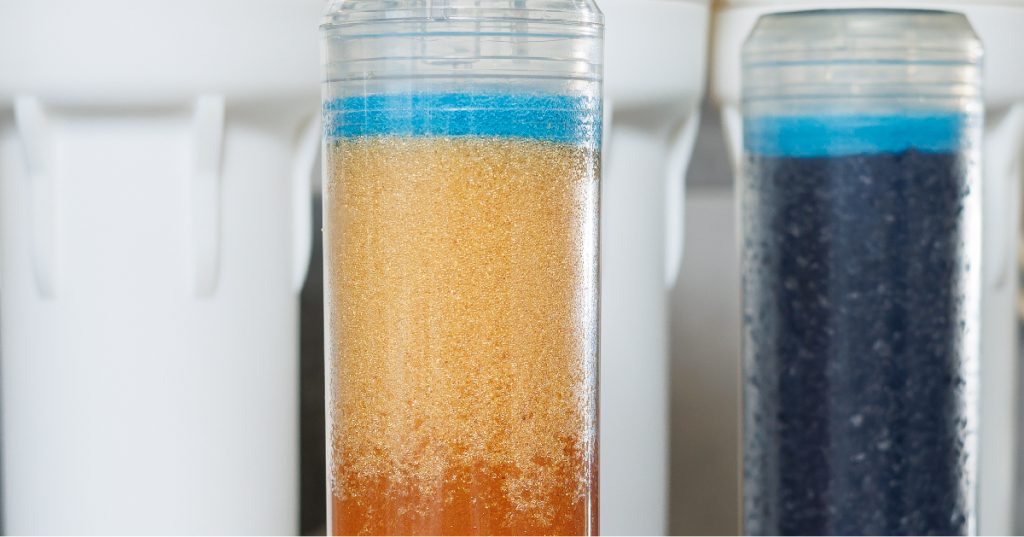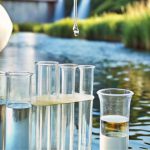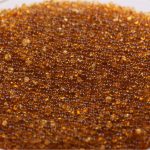Water is an essential resource in both residential and industrial settings, and its quality directly affects everything from appliance longevity to operational efficiency. One of the most common challenges associated with water use is hardness, caused by high concentrations of calcium and magnesium ions. Hard water contributes to scale buildup in pipes, heating systems, and appliances, leading to higher maintenance costs and decreased efficiency. To address this, many are now turning to innovative solutions like electronic water softeners.
Table of Contents
ToggleHow Electronic Water Softeners Work?
An electromagnetic water softener operates by generating a magnetic field around the pipe carrying the hard water. This field affects the behavior of the mineral ions, preventing them from sticking to surfaces inside pipes, boilers, or appliances. The minerals stay in the water in a less adhesive form and eventually pass harmlessly through the plumbing system.
The key benefit here is that no water is wasted in the process, and no salt or chemicals are added. This not only reduces maintenance but also helps conserve water—a major advantage in areas with limited resources.
Benefits of Using Electronic Water Softeners
- Chemical-Free Operation
Since electronic water softeners don’t use salt or resin, they’re a cleaner, more eco-conscious option. There’s no brine discharge, making them safe for the environment.
- Low Maintenance and Easy Installation
These systems are compact, require no plumbing alterations, and operate without regular servicing or salt refills.
- Cost-Effective and Energy Efficient
By preventing scale, electromagnetic water softener devices help appliances run more efficiently and last longer, saving money on repairs and energy bills.
- Protects Appliances and Plumbing
From washing machines to water heaters, reduced scale means better performance and fewer breakdowns.
- Retains Healthy Minerals
Unlike traditional systems that remove beneficial minerals, electronic systems retain them, making the water better for drinking and cooking.
Comparison: Electronic Water Softeners vs Traditional Softeners
Traditional water softeners use ion exchange to remove calcium and magnesium, replacing them with sodium ions. While effective, they require large tanks, salt replenishment, and periodic maintenance. In contrast, electronic water softeners don’t eliminate minerals but alter their physical structure using electromagnetic signals.
This key difference makes electromagnetic water softener systems more compact, eco-friendly, and cost-effective. There’s no chemical waste or added sodium, which is a concern for both health and the environment.
Applications Across Sectors
Electronic water softeners are versatile and can be used in various applications:
- Residential: Homes benefit from scale-free plumbing, cleaner laundry, and longer-lasting appliances.
- Commercial: Restaurants, hotels, and laundromats improve operational efficiency and reduce equipment maintenance.
- Industrial: Manufacturing units, cooling towers, and other facilities reduce downtime and extend machinery life.
- Agricultural: Prevents scale in irrigation systems, improving water distribution and crop yield.
Impact on Water-Based Appliances
Hard water causes scaling in appliances such as dishwashers, washing machines, and water heaters, reducing their efficiency and lifespan. Over time, scale build-up increases energy consumption and can even lead to costly breakdowns. By using electronic water softeners, these risks are greatly minimized. The altered mineral structure reduces deposits, improves appliance performance, and helps avoid frequent repairs.
Conclusion
Electronic water softeners are transforming how we manage hard water. With their maintenance-free operation, chemical-free process, and ability to protect plumbing and appliances, they offer a modern, efficient solution to age-old water hardness problems. Electromagnetic water softener systems are ideal for anyone seeking a cleaner, greener, and more cost-effective way to manage water quality.







